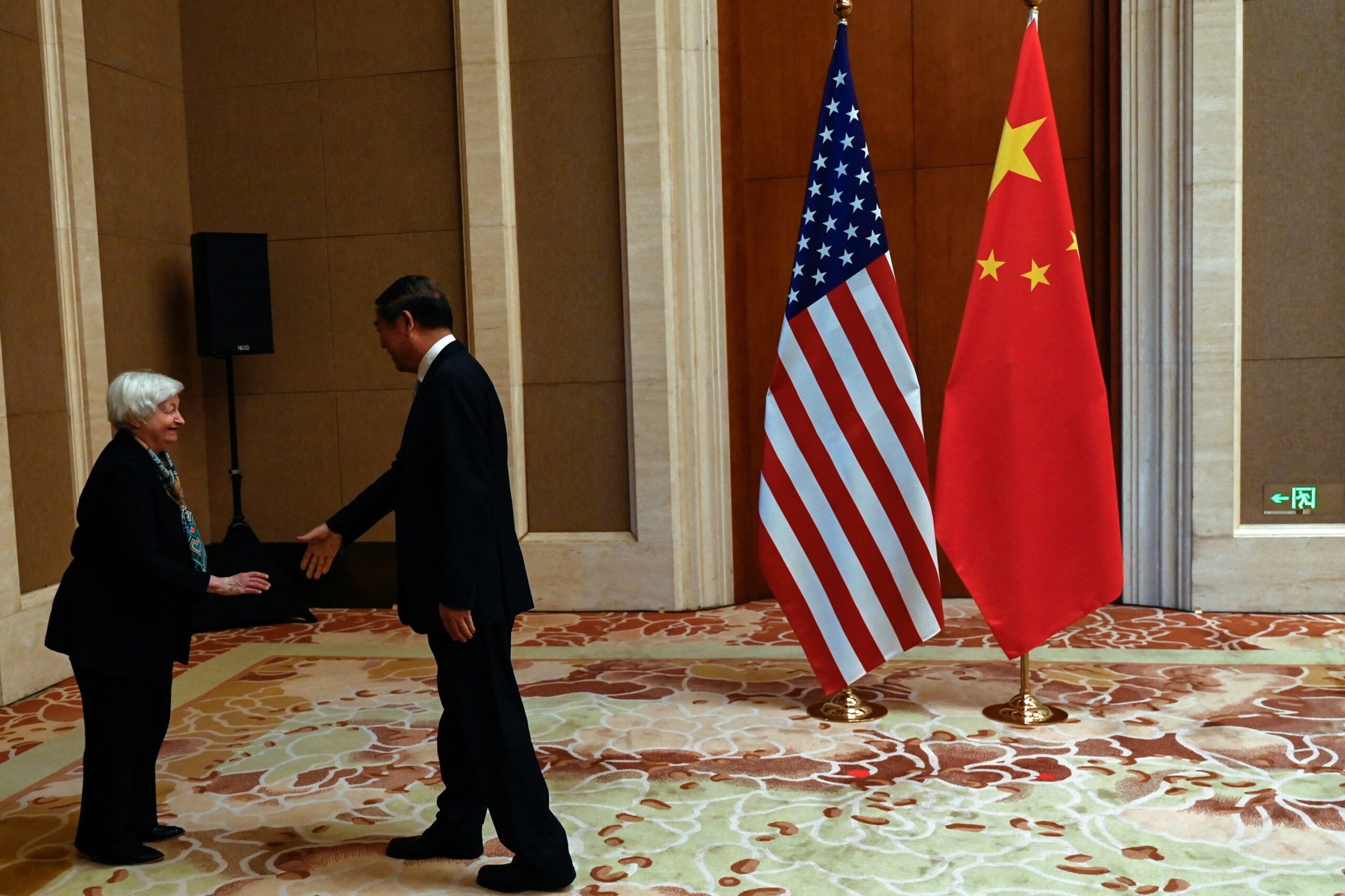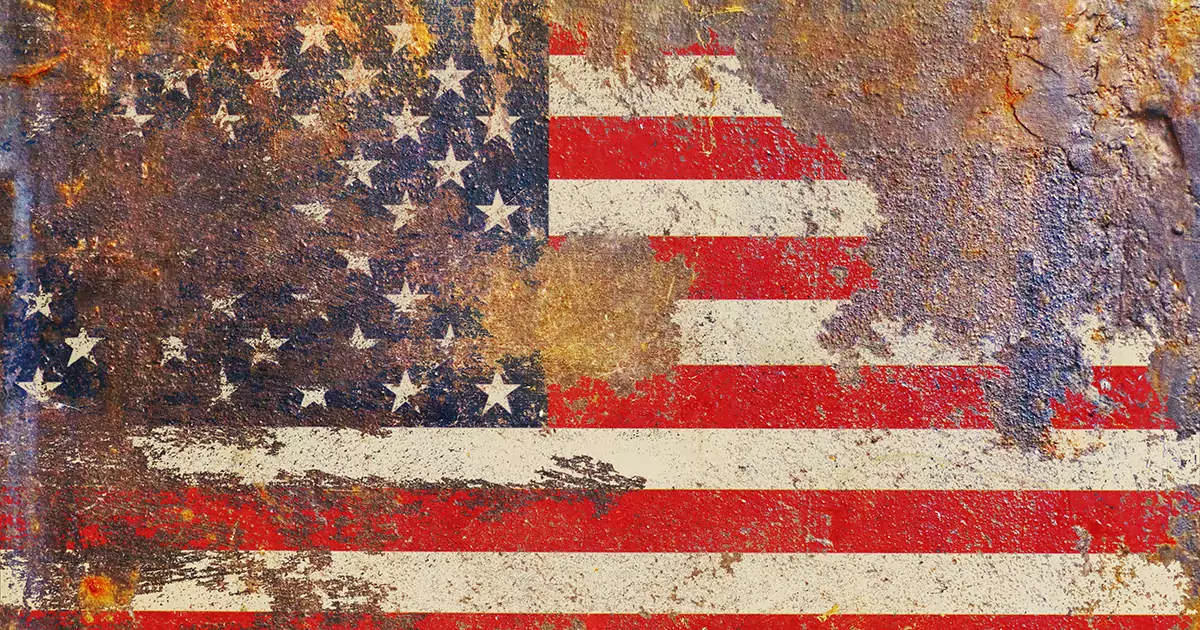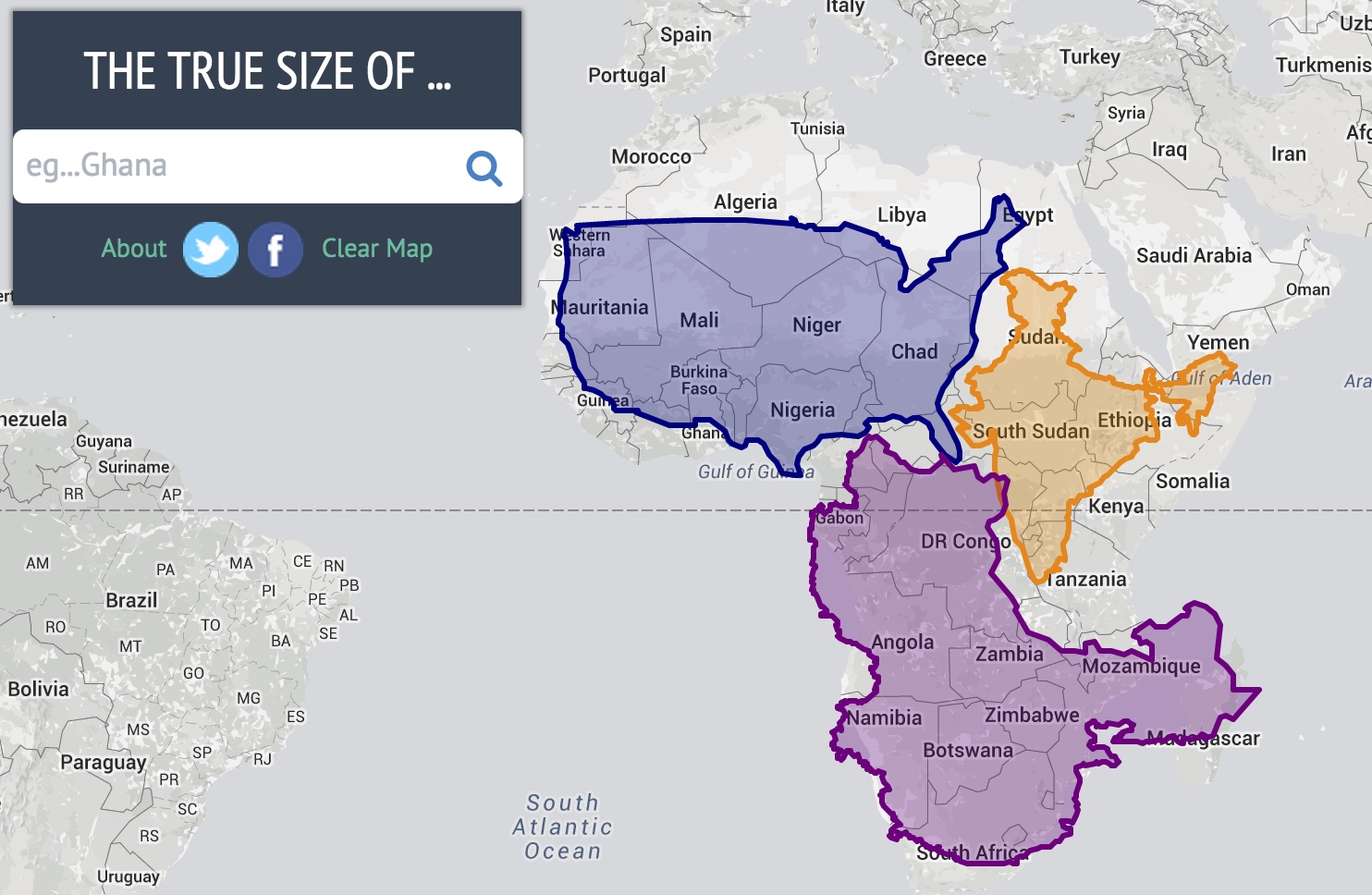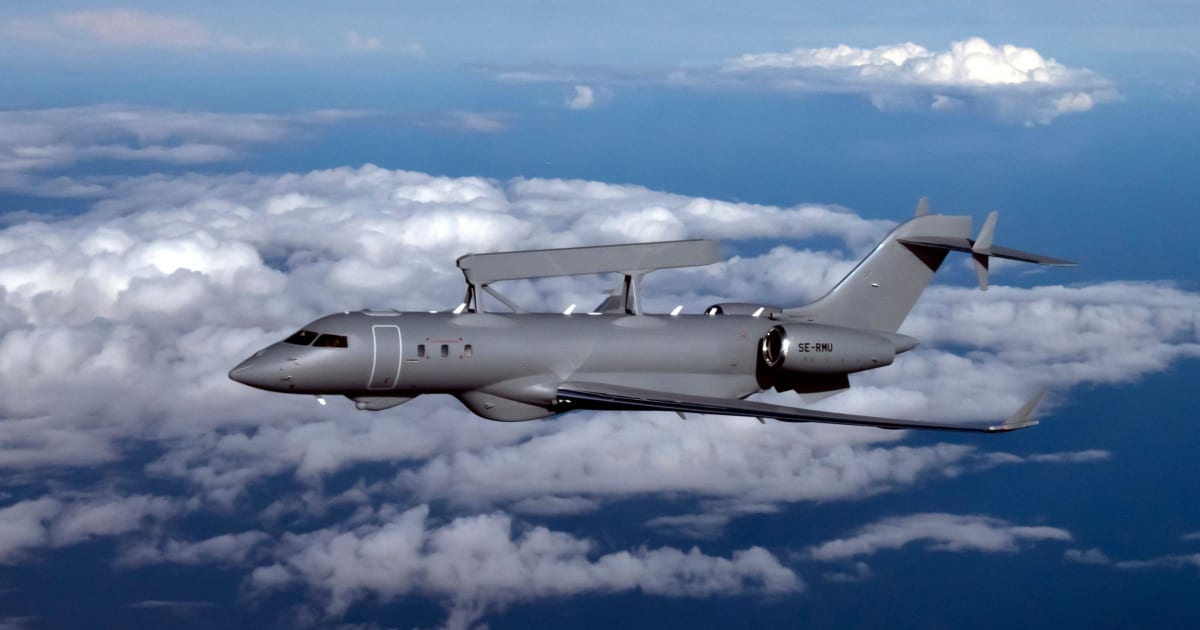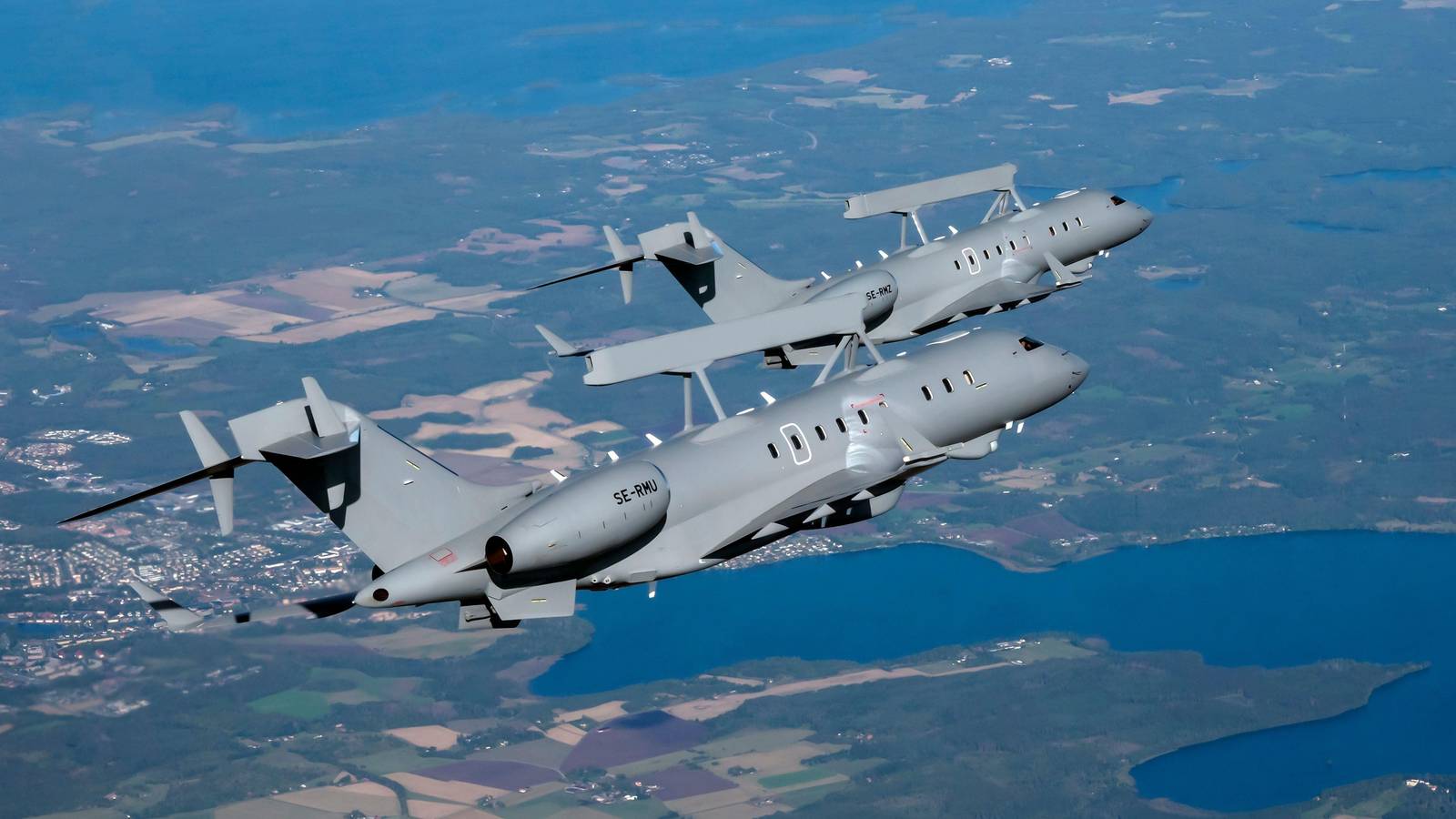Eh..Agree, China is the main threat, not Russia albeit this would not be the case in a major nuclear exchange.
Russia's big ace is nuclear weapons and the threat of them. If they use them, they don't have that ace any more. Russia's delivery systems are not effective against peers, and gets weaker every day. IMO the latest threat Russia is that it will collapse into a dozen states and criminal syndicates and warlords. Post Putin, who knows what Russia will be doing, but as in the War in Ukraine, its not impossible for some one to attempt a thunderrun into Moscow.
US planning is a bit all over the place at the moment. In a world where US think tanks have the US losing half its air force and half its navy in an exchange in the first year of conflict, Guam wiped off the map, buffer zones I'm not sure are what they used to be. Ultimately, a border is a border. If you are talking about at what point does the US go into full combat mode against China, I'm not sure a electronic attack, drone strike, crashing a civilian airliner, strike on targets in Canada counts for that. Particularly if its unintentional or ambiguous, which is the type of conflict the Chinese are genuine masters at.As for drones, they are a threat but what can they really threaten at present? The majority of Canadian infrastructure and population is within 100 miles of the US border with a major portion of this along the Windsor Quebec City corridor. All of this is below the region where the buffer zone is. I doubt US anti-missile defence assets will be held back to 100 miles north of the border . Same applies to the West coast.
Also you have the US doing what ever its doing, in that airspace, particularly if its unpatrolled. Particularly if its in an existential conventional armed fight against a peer power.
Take the Chinese spy balloon, will Canada attack the US if the US shoots down the spy balloon in Canadian airspace over a Canadian city? Hyperbolic drama, but we should be aware of the frayed edges of conflict and grey zone type operations, not just a land invasion by zombie soviet Russia like some game of thrown whitewaker season 5 GoT episode.. Which again is hyperbolic and unrealistic.
Drones can fly a thousand plus miles, particularly with favourable weather conditions and air currents. Much of the drones being used in Ukraine and middle east, rely on parts from China. I don't think it should be underestimated what a conflict with China would look like. They can build so many drones as to blot out the sun. We aren't talking quad copters your kid flies. But large transnational fliers perhaps up to a ton or larger.Given the distances involved, attacking with land based long range missiles or drones seems unlikely at present. Naval strikes seem more feasible, especially via submarines.
Take something like a Bayraktar, can fly 4000km easily. Turkey has built 600 of them. China has something similar called Wingloon (I, II and III) and CH5. Ch5 has like a 10,000km range.
There are more than 100 Chinese military drone manufacturers. Not 100 drones, 100 drone manufacturers.
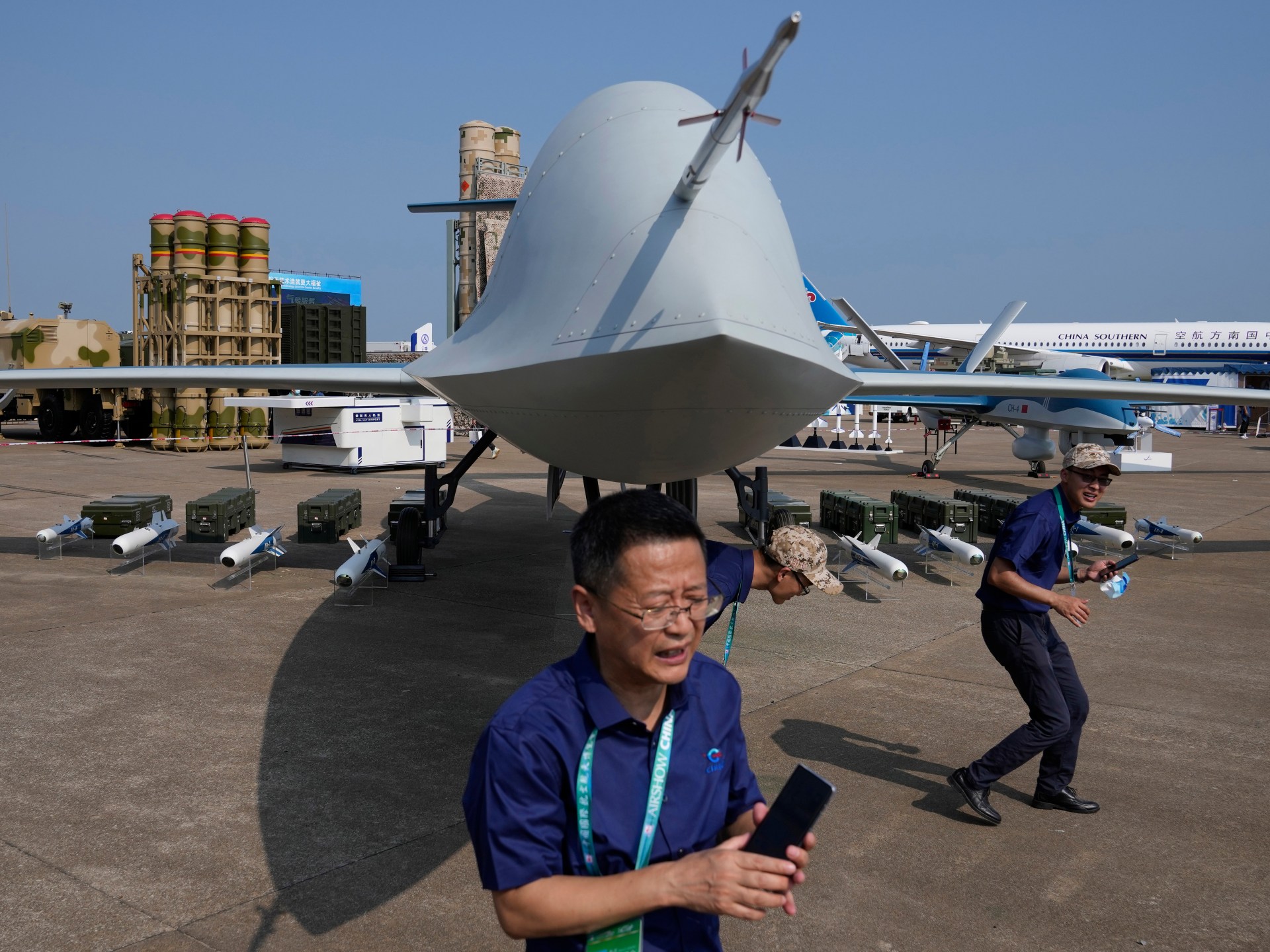
How China became the world’s leading exporter of combat drones
Cheap, ‘good enough’ Chinese armed drones dominating world market amid US export controls, analysts say.
A north Pole mostly ice free will open the north pole to Chinese Fishing vessels, coast guard and navy. Canada can't stop them from just taking all the fish in the North Sea.
They can't take out a thousand drone per deployments. You will need E7 flying around them to have situational awareness, within Canadian air space and EEZ.P-8s and CSCs hopefully will address this somewhat.
Sounds almost borderline inappropriate, particularly if taken out of context. IMO most Chinese migrants are lovely genuine people, trying to get space away from the issues in China.A bigger threat is the thousands of Chinese immigrants out of the 1-2 million that have not been properly vetted by junior’s government.
However, China certainly targets their diaspora. As well as local people. You have a very large, very rich, very powerful state, very familiar with soviet style control/influence. So things like Chinese Police stations in western Countries, hijacked cultural groups, Chinese funded institutes, Chinese funded businesses and technologies are definitely a thing. CCP has shown they can infiltrate Western countries and turn previously very loyal and people with no other connection to China, via various methods. Propaganda and soft power influence as well.
Or China, can just out right buy companies, resources, ports, media, etc. China isn't a bunch of poor Russian soviets and turnip farmers from the 1960s. They have near endless money. In fact they may have so much as to break global capitalism as a concept, which is another threat, which maybe even the Chinese themselves cannot stop.
But this is beyond the scope of this thread dealing with the Air Force. We should keep to the very real topic of air force.
But there are totally here and now threats from China and other state actors that Canada should consider. Throwing a F-35 into that battlespace with no situational awareness changes nothing. Systems of systems and all that jazz.
Drones aren't the total solution either, Australia has drones, we have Triton. The US has lots of drones. Uk has drones. Korea has drones. Turkey has drones. That isn't the same as a E7.

